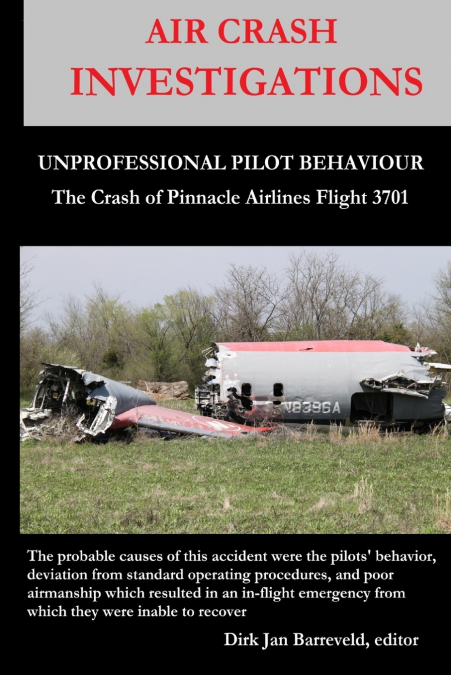
Dirk Jan Barreveld
The National Transportation Safety Board determines that the probable causes of this accident were the pilots’ unprofessional behavior, deviation from standard operating procedures, and poor airmanship, which resulted in an in-flight emergency from which they were unable to recover, in part because of the pilots’ inadequate training; the pilots’ failure to prepare for an emergency landing in a timely manner, including communicating with air traffic controllers immediately after the emergency about the loss of both engines and the availability of landing sites; and the pilots’ improper management of the double engine failure checklist, which allowed the engine cores to stop rotating and resulted in the core lock engine condition. Contributing to this accident were the core lock engine condition, which prevented at least one engine from being restarted, and the airplane flight manuals that did not communicate to pilots the importance of maintaining a minimum airspeed to keep the engine cores rotating.The safety issues in this report focus on flight crew training in the areas of high altitude climbs, stall recognition and recovery, and double engine failures; flight crew professionalism; and the quality of some parameters recorded by flight data recorders on regional jet airplanes. Safety recommendations concerning these issues are addressed to the Federal Aviation Administration.